COMFORT/ERGONOMICS DESIGN
Obviously with headphones, sound is only half the product. It also needs to be comfortable. Anyway, Philips also explained us the tests they did in regards to ear measurements and the different shapes, and that every headphone has to be designed to fit 80% of the population.
Next is the biggie: The Driver Design Process…
DRIVER DESIGN PROCESS
Driver development
Now this is the most difficult part of the entire presentation, and the one I really struggled with while writing this article. You can tell that I’m not really an expert on the subject, so please bear with me while I try my best to translate them into words. The subject can easily get too technical, but the presentation was fascinating and informative and I feel the average headphone enthusiast would be interested to hear about this.
I need to give credit to Rowan Williams not only for doing the presentation, but also for helping me with the writing part. It’s not really my area of expertise so I had to check with Rowan many, many times (and on many parts, I simply use his sentences) to make sure that I’m giving accurate information.
The design process begins with the lumped parameter model for the headphone driver. This model would then be validated by taking acoustic (pressure) and electrical (impedance) measurements on a first prototype driver. This measurement is done in an anechoic (aka echo-less) chamber and measures the pressure emitted by the driver using a microphone.
After the initial model is made and validated, the circuit can be extended to model the rest of the headphone (or earphone) and how it couples with the ear. This can then be used to define the basic attributes of the driver e.g. voice coil resistance, magnet force, weight of the moving mass, stiffness of the diaphragm, internal volume etc..
More prototypes of the driver can be made to test different design ideas.
There are then three types of measurements that can be done on the headphone driver:
1. Measurements in the Linear Domain
This is the “standard” measurement that has been done for years to figure out the behaviour of the drivers. However, there is a relatively new technique of using a laser to do this measurement rather than previous methods that were difficult with delicate headphone drivers.
These measurements use low input levels and make use of the signal current, pressure from a microphone, and a signal from a laser pointed at the driver diaphragm to measure the diaphragm excursion. A signal is applied to the prototype driver and using a laser measurement device, the resulting movement, or as Rowan calls it excursion, is measured. At this low signal level the behavior is linear and at low to mid frequencies the diaphragm movement is pistonic (the whole plane of the driver is moving equally), so it’s relatively easy to measure.
The next two types of measurements are more advanced and Philips believes they are the key to making breakthroughs in high quality driver design:
The following two types of measurements are more advanced and Philips believes they are the key to making breakthroughs in high quality driver design:
2. Measurement at large signal levels.
When the signal gets loud and the excursion covers bigger distances, a few things happen that makes the driver move differently to how it ideally should, we the listeners refer to this as distortion at high volumes. The factors that cause this are:
a. Suspension behavior changes (stiffness of the diaphragm and the volume of air in front or behind it).
b. Air turbulence affecting the pressure levels around the driver.
c. Magnetic force changes due to the voice coil being further from the magnet.
Rowan uses these measurements to optimise the design of the driver suspension, acoustic elements (ports, slits etc) and the magnet system to reduce distortion.
3. Measuring bending patterns at mid to high frequencies levels.
What happens is that for big drivers (i.e non earphone size), a bending/modulating pattern starts to happen at 3kHz and above (the exact frequency depends of the size and material of the driver). To us the listeners, we would usually associate this as dips and peaks in the mids and highs. I’m attaching a video so you can see these bending movements better.
Using the laser measuring device and programming it to make a scan of the driver over the full area of the driver allows a visualization of the diaphragm movement in the computer screen at slow-motion speed, and this will allow Rowan to get a visual on the problem that’s happening at certain frequencies. The data from this scan can also be used to create a simulation for Finite Element Analysis purposes which will allow the team to design a better driver to either:
1. Dampen the resonant frequencies
2. Move the resonant frequencies to a different frequency
It is impossible to eliminate resonance frequencies. You just have to work with them, he noted.
During the driver design process headphone prototypes are made for the drivers which would then allow for measurements (both on a dummy head and on people), listening, and tuning. The process of simulating, building a prototype, measuring, listening and then tuning can be repeated many times until the desired sound is finally achieved.
Now all of these techniques don’t really matter to me if the resulting driver sounds unimpressive to my ears. However, having listened to the new L2, the quality of the driver is so astonishing, it’s definitely one of the best headphone drivers I’ve ever heard in any price bracket. I think they’ve minimized distortions so much that the L2 gives the clearest and cleanest sound I’ve ever heard on any headphone. The tuning itself is still a little hot to my ears (I would’ve preferred it to be one or two boxes down on the sound signature diagram earlier, though that may be too dark for the masses), but that’s really a decision for frequency response tuning, rather than technicalities. It’s even more incredible when we consider that the L2 driver is “merely” a common 40mm driver which is not really that big compared to some of the other flagship dynamic drivers (i.e Sennheiser’s HD800 at 58mm).
FEA Analysis
Next page: The Bluetooth Interface





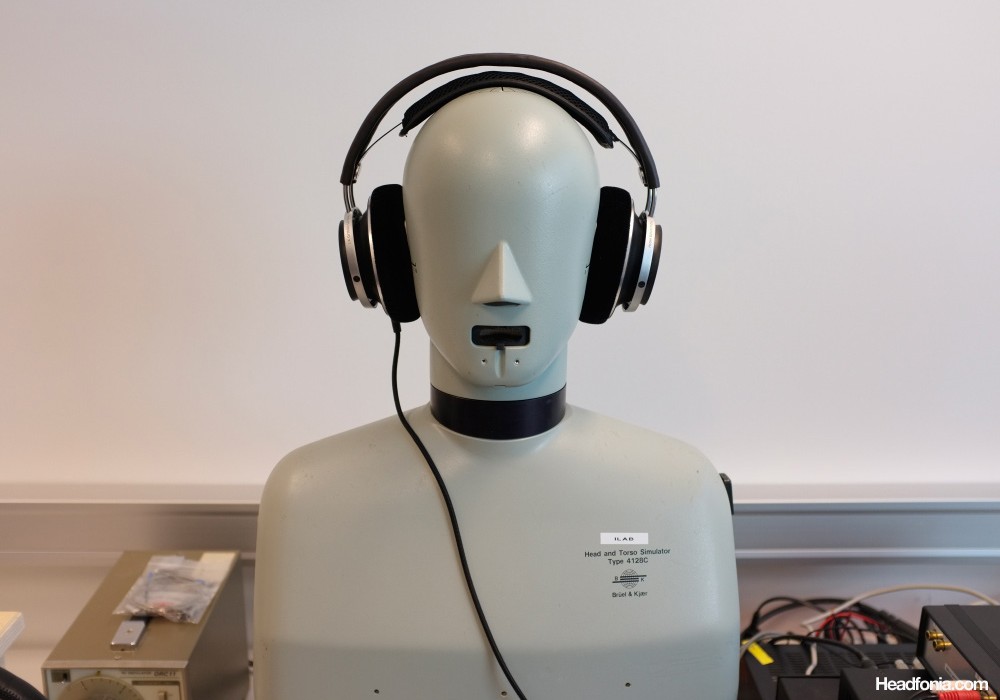
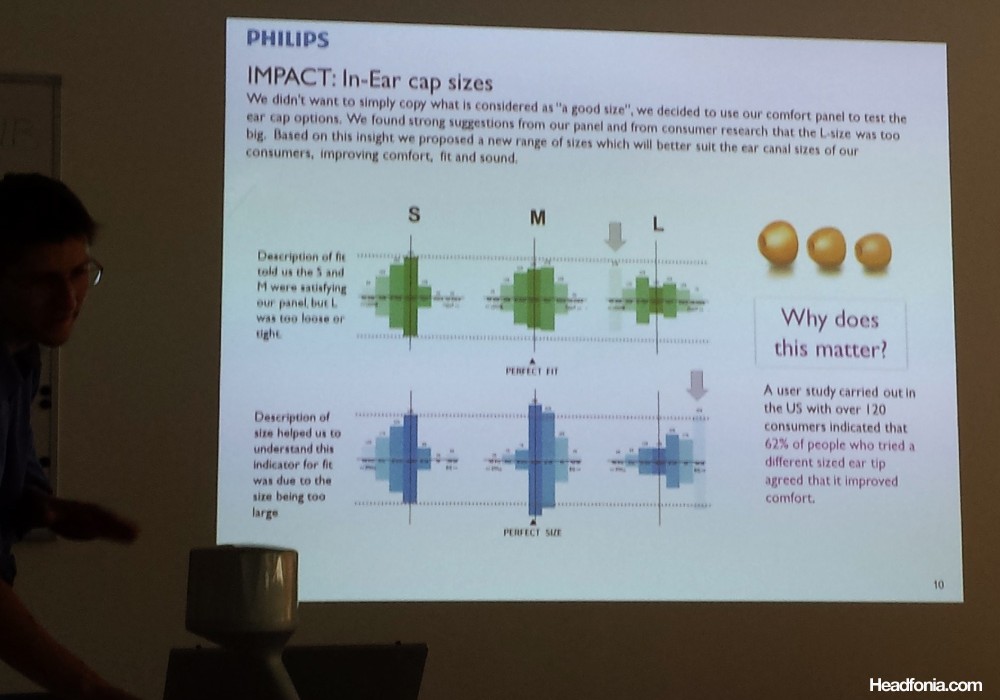
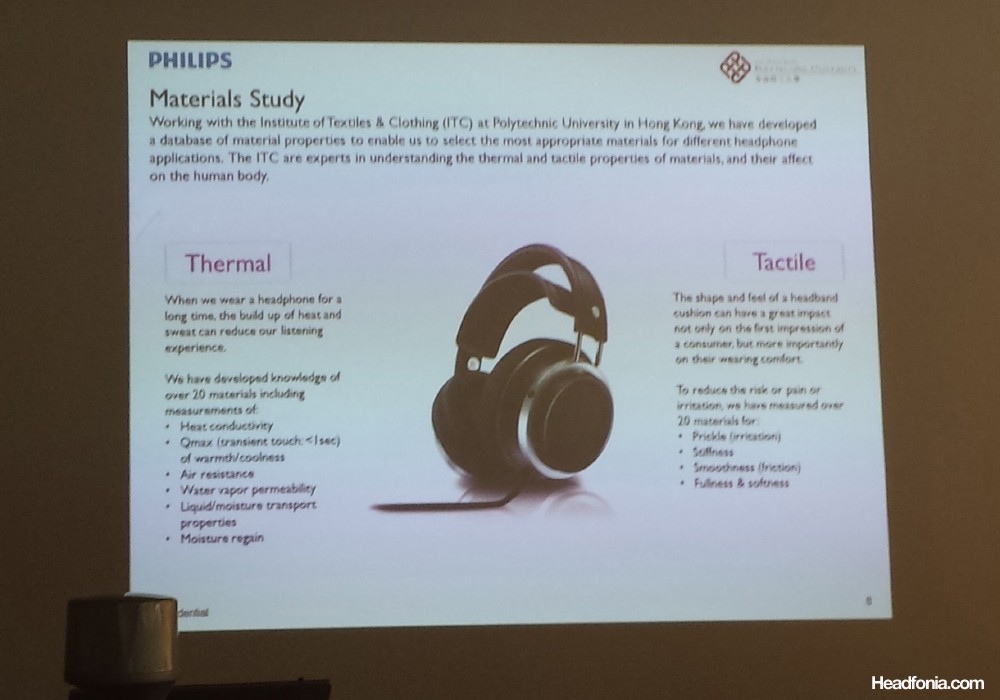
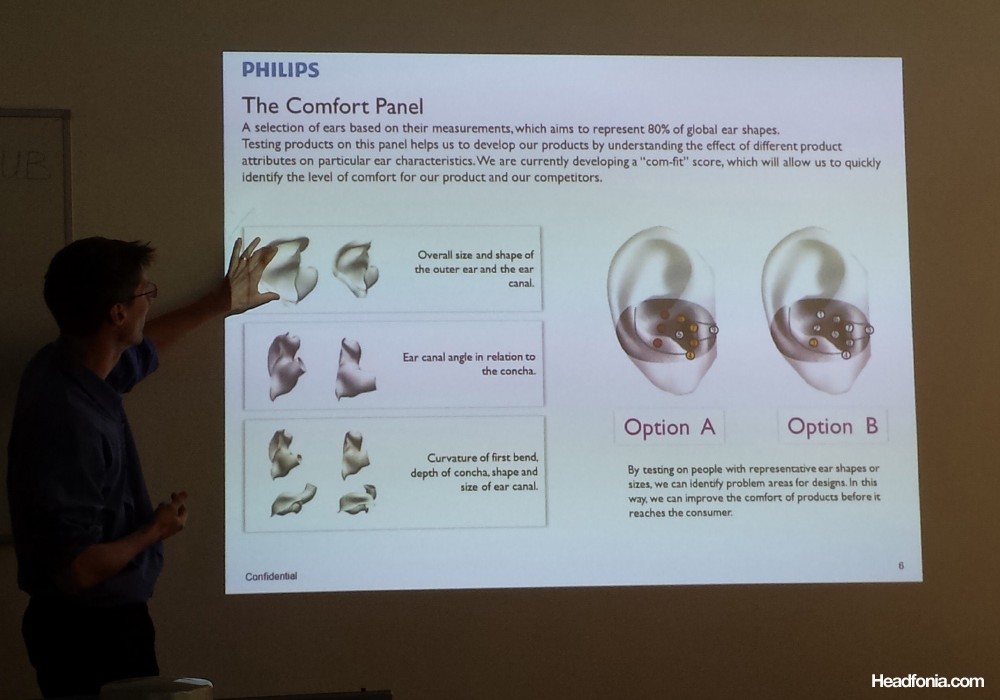
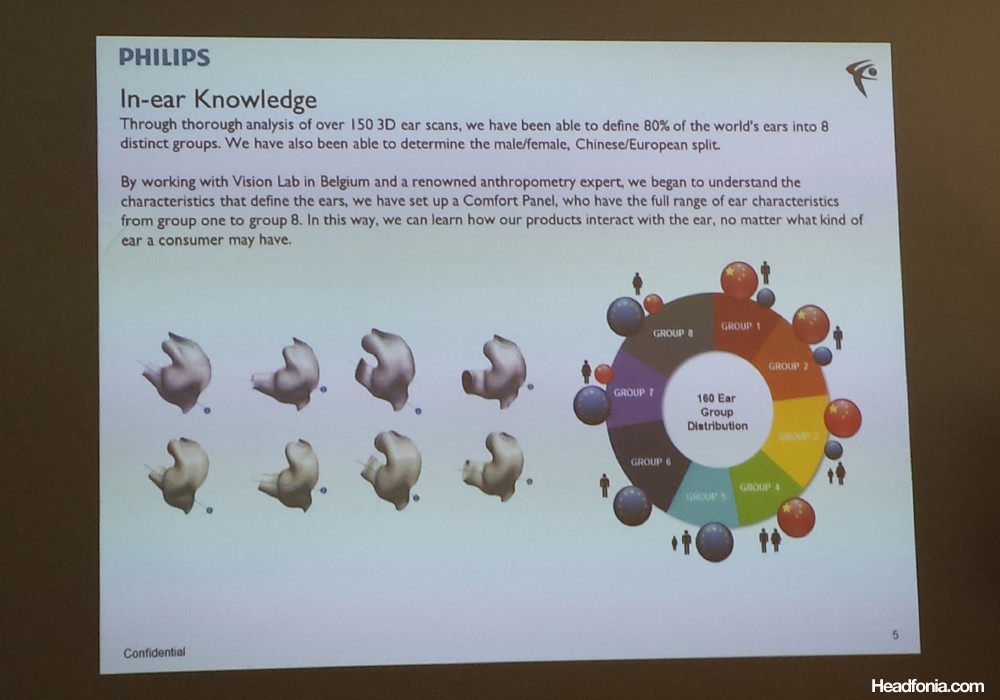
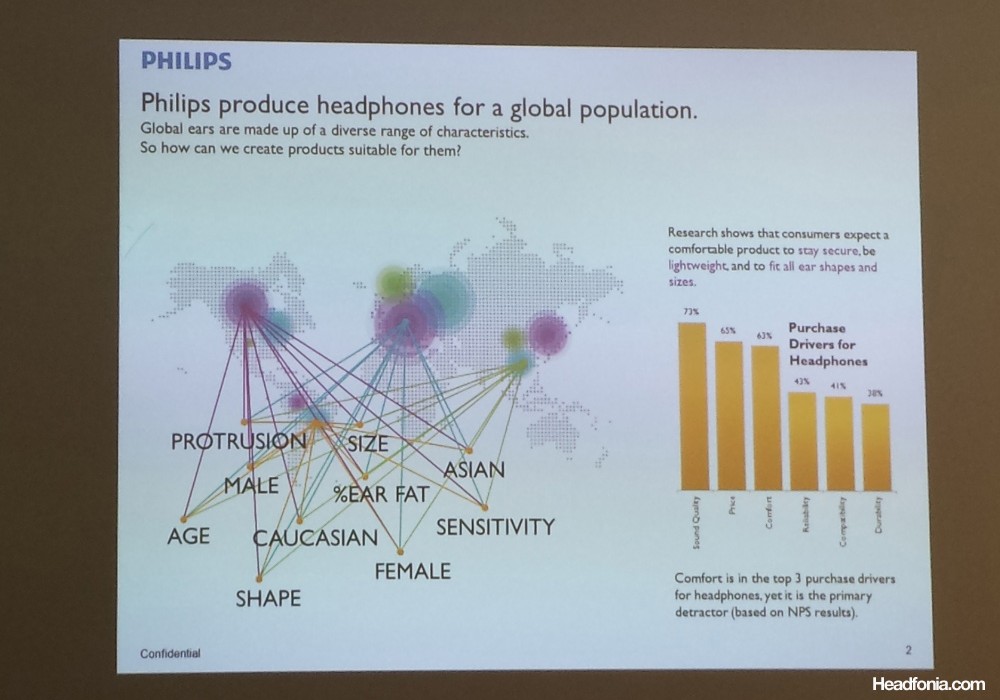
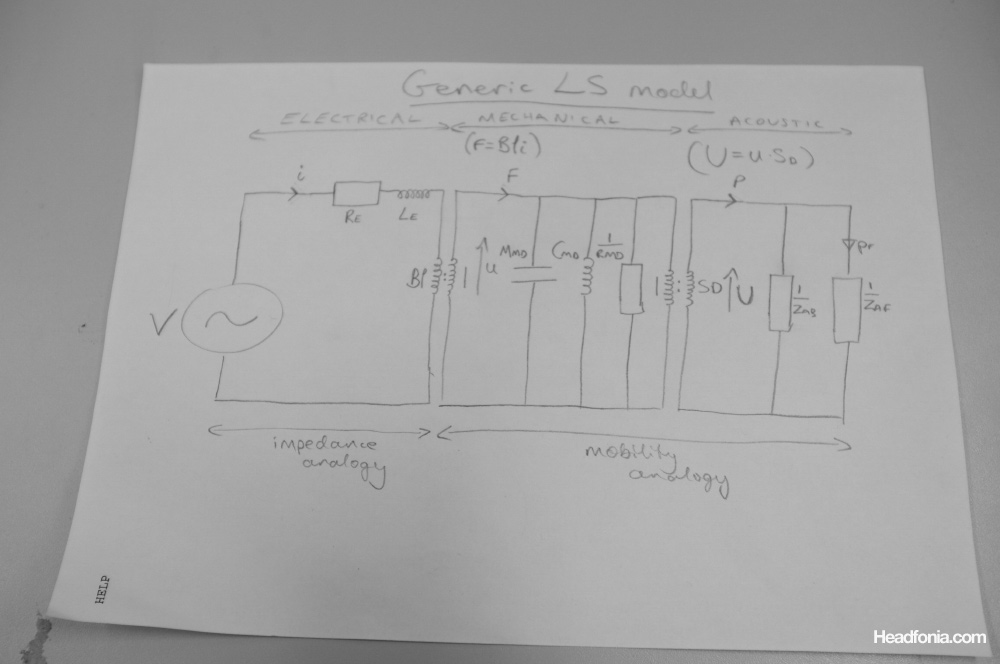
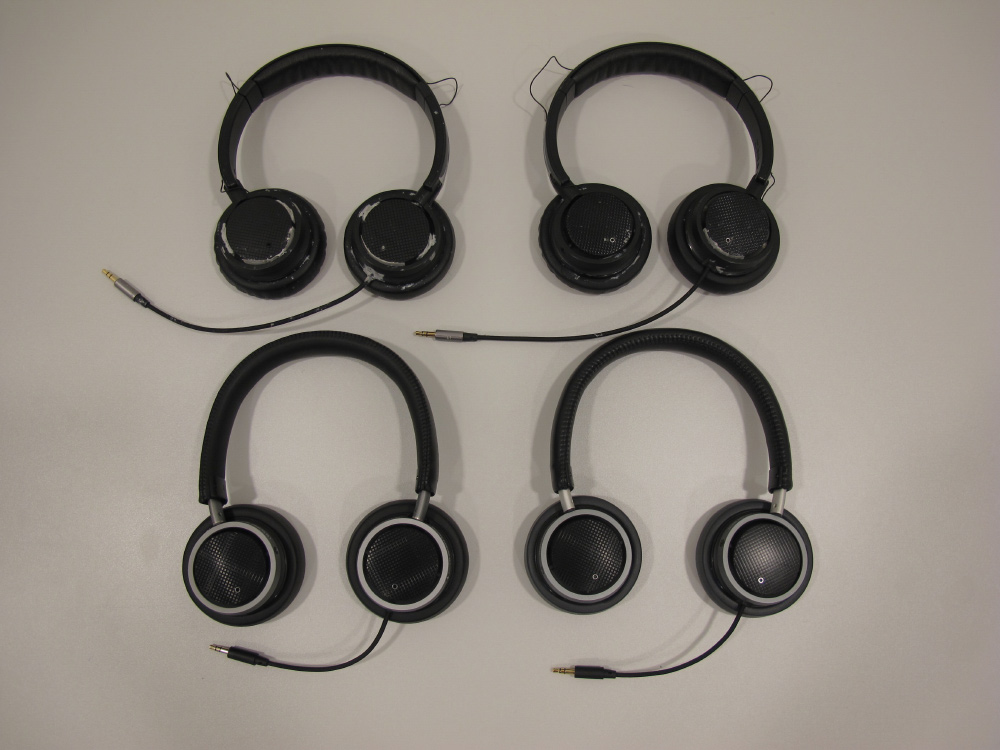
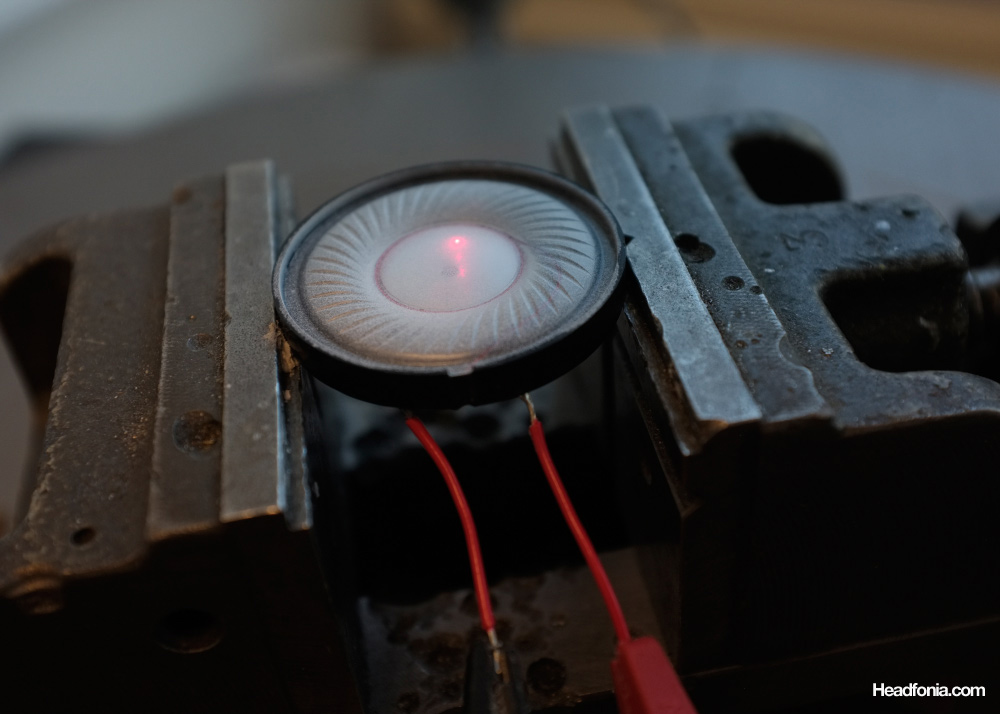
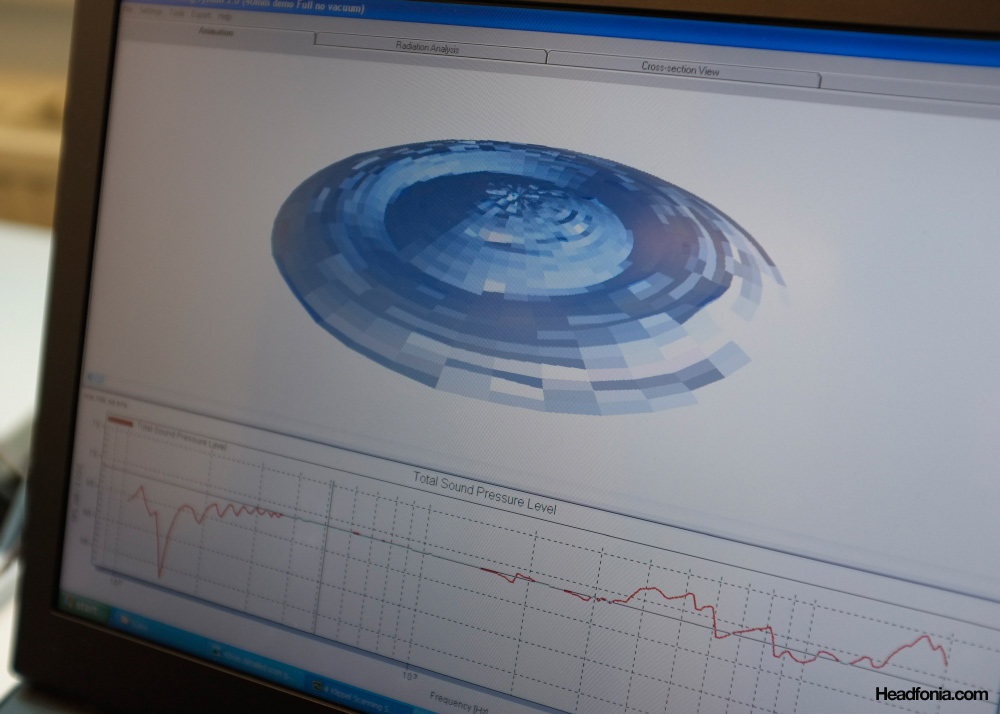
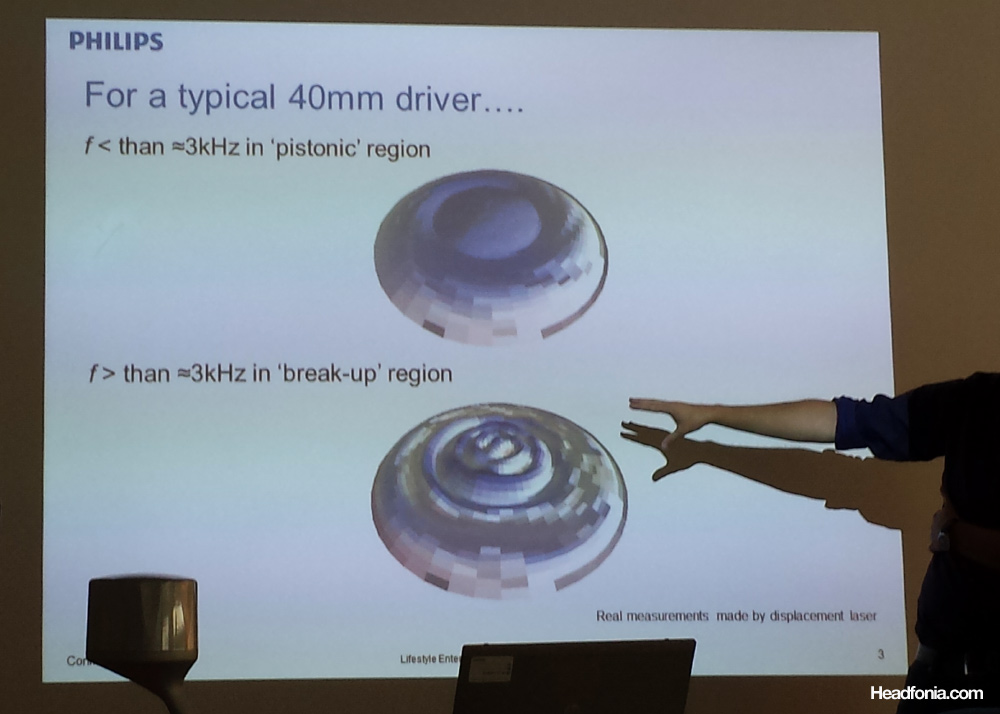
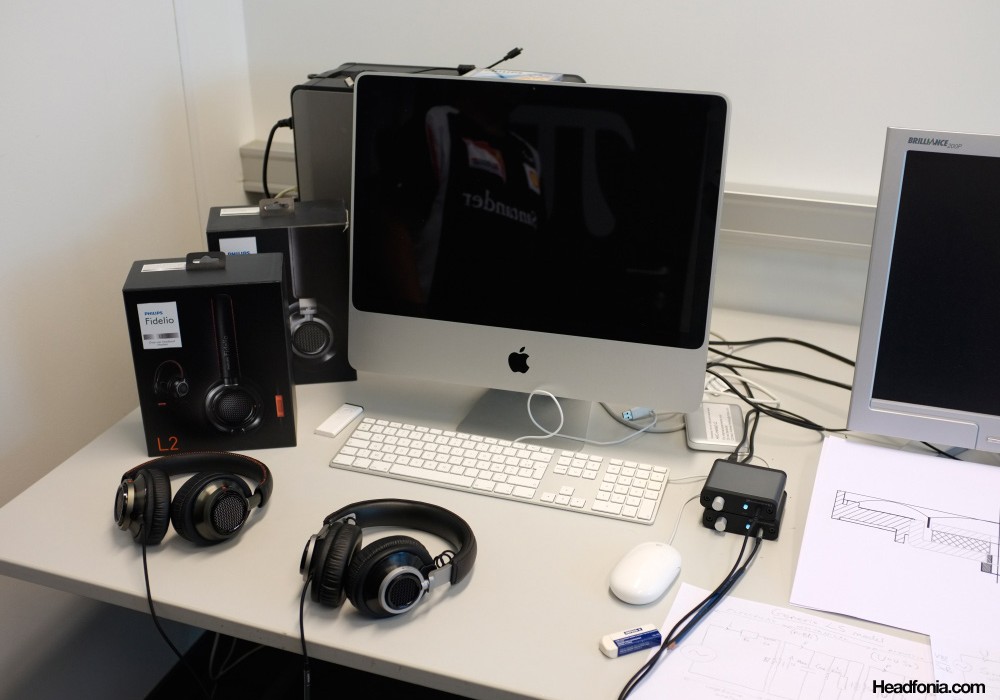
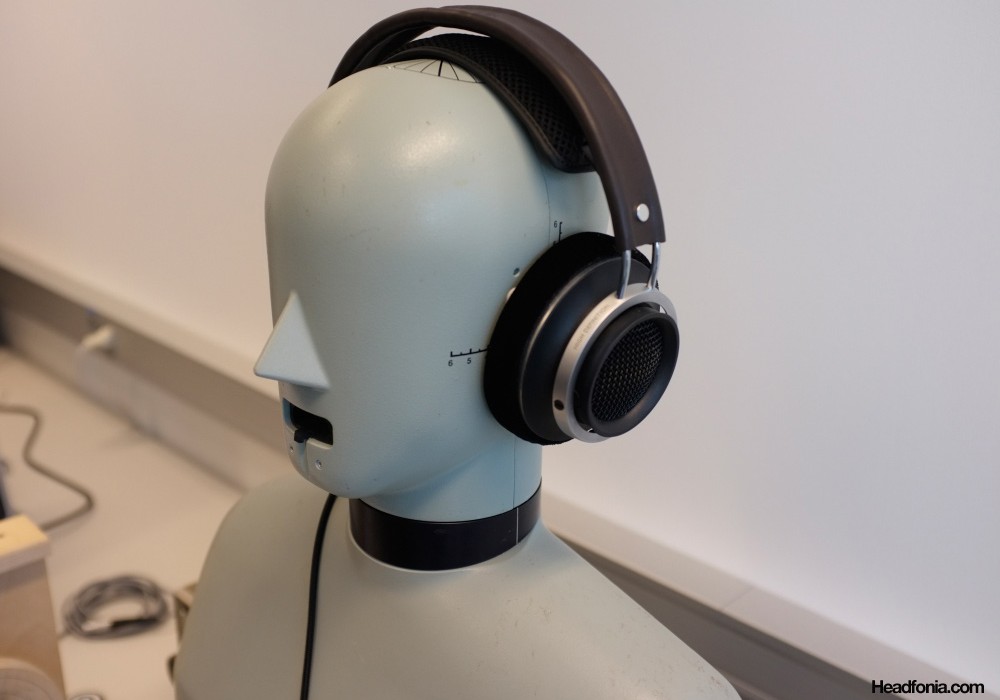
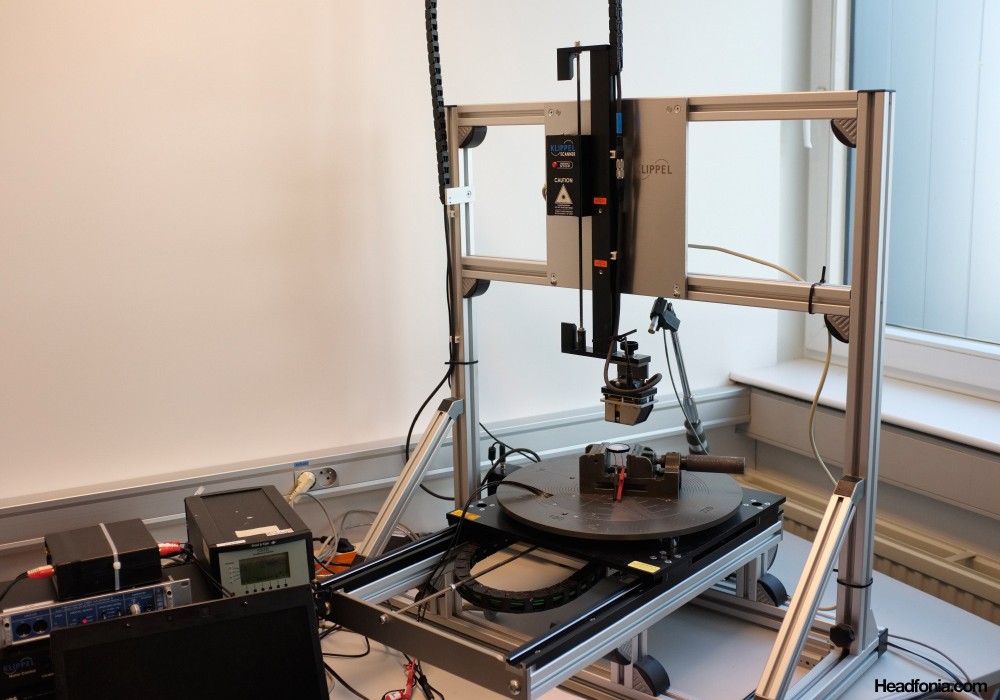
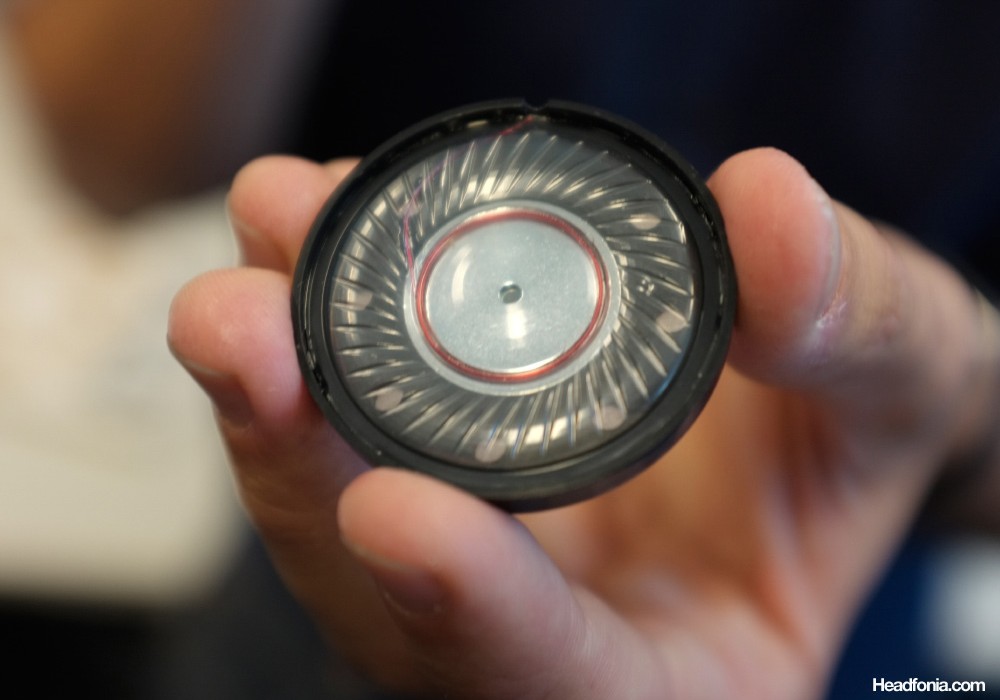
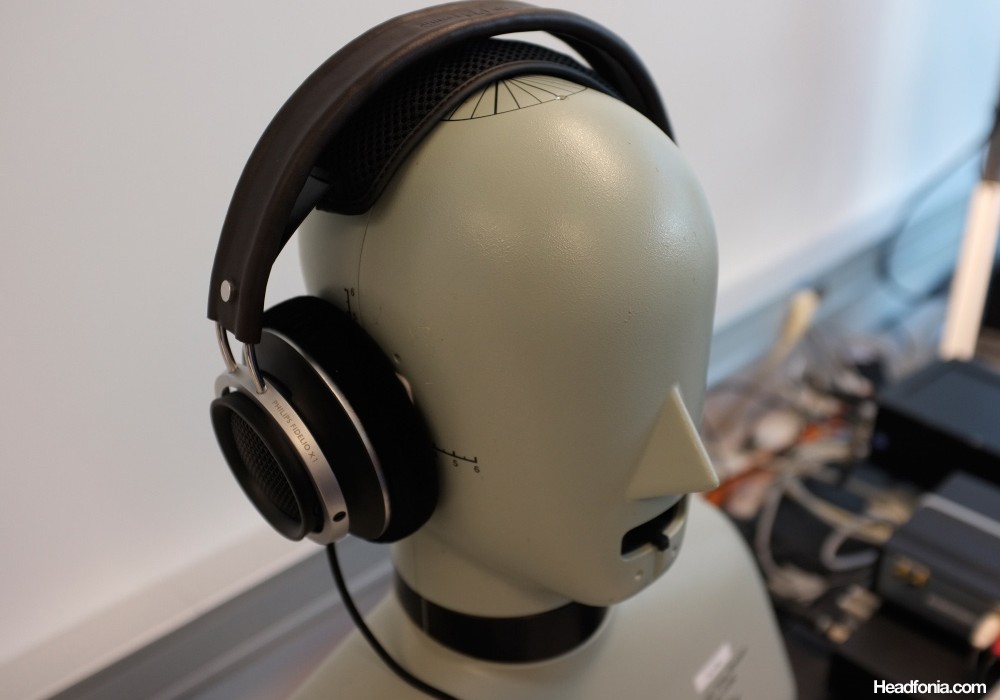
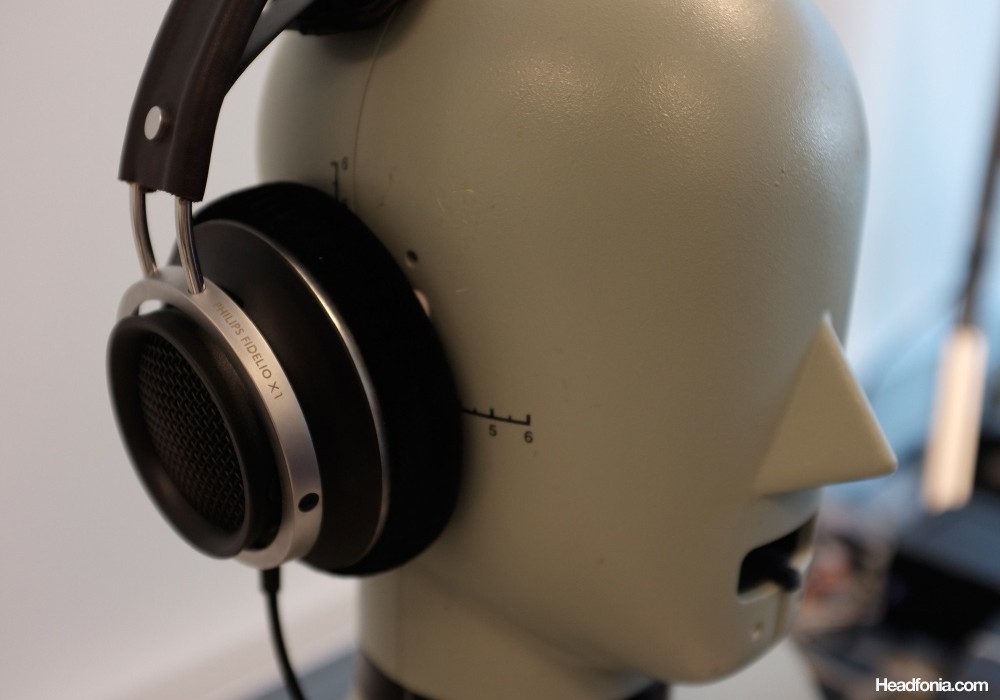
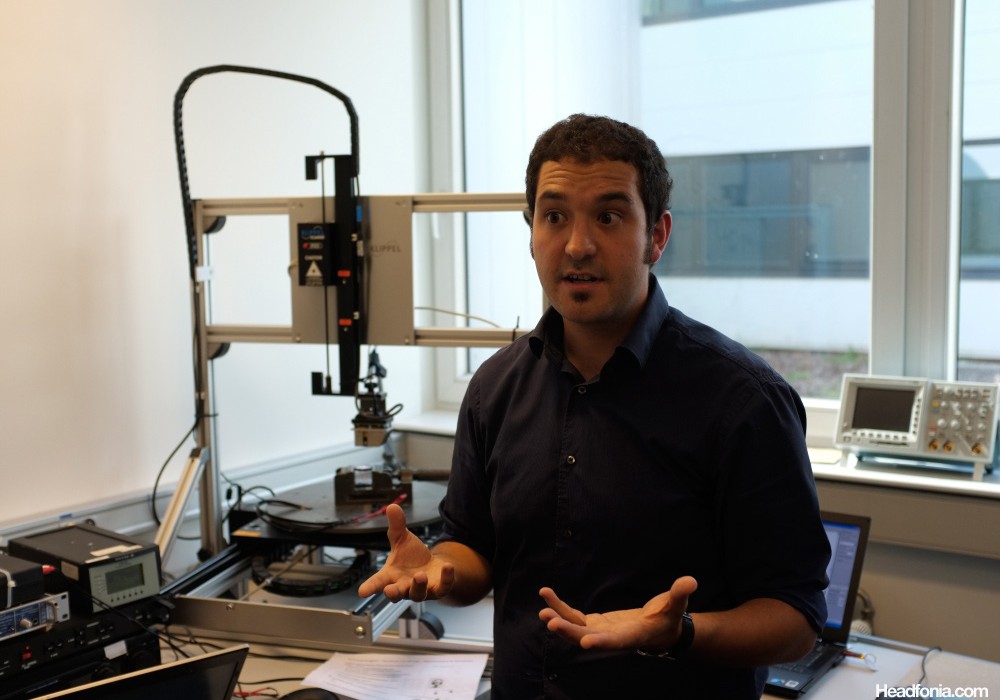
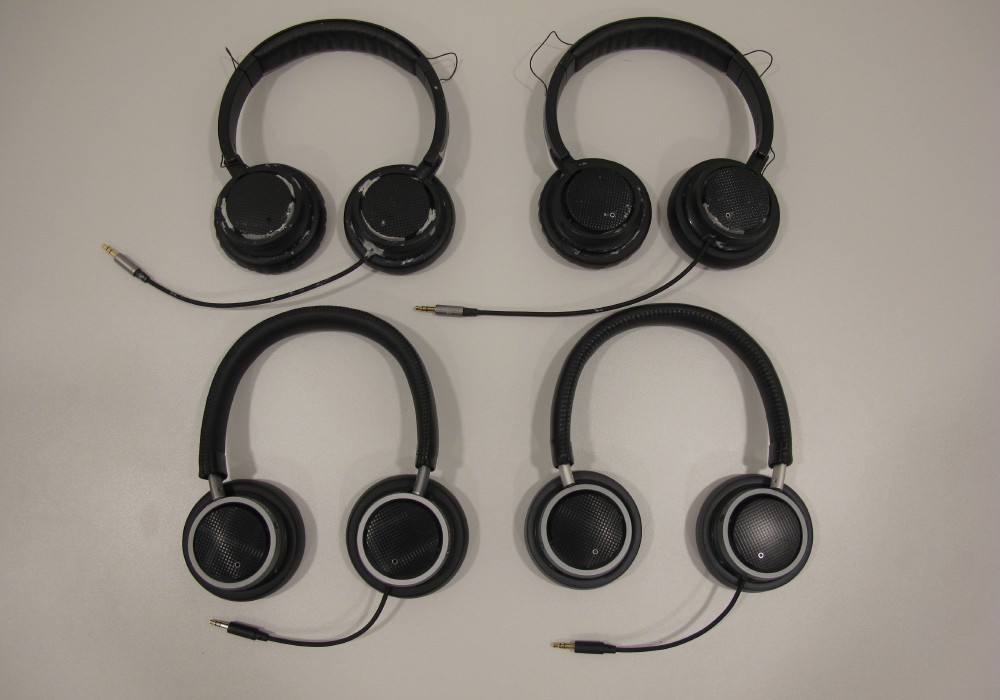
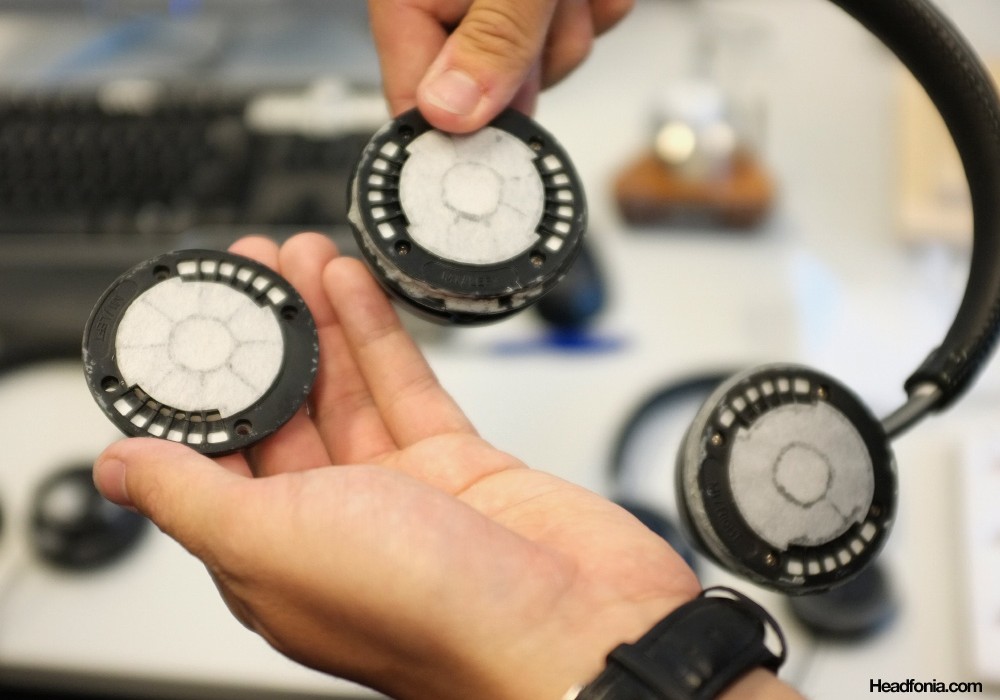
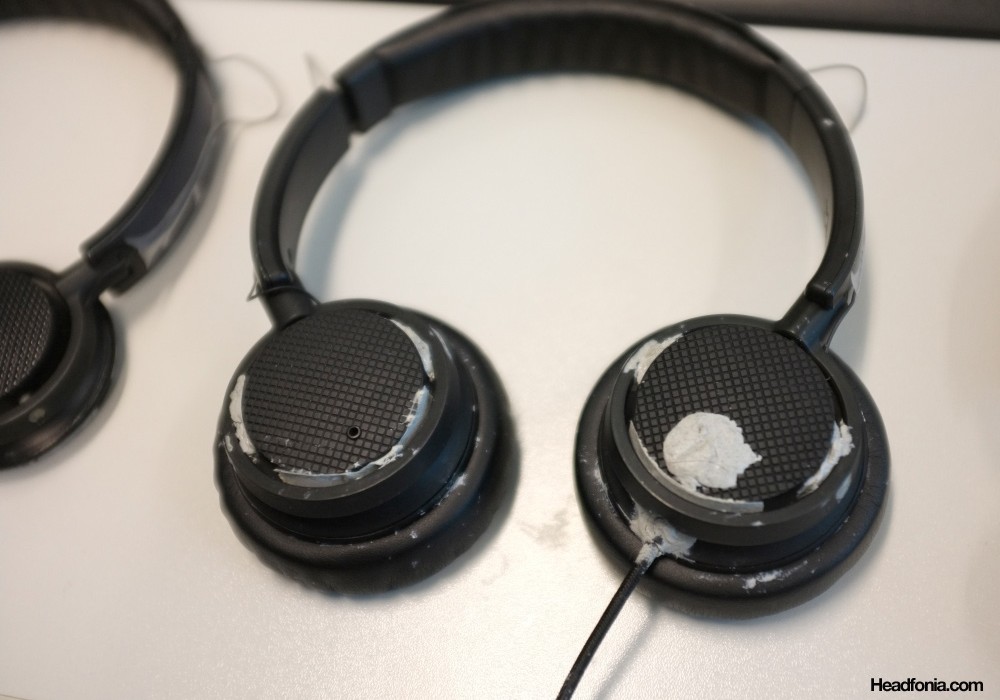
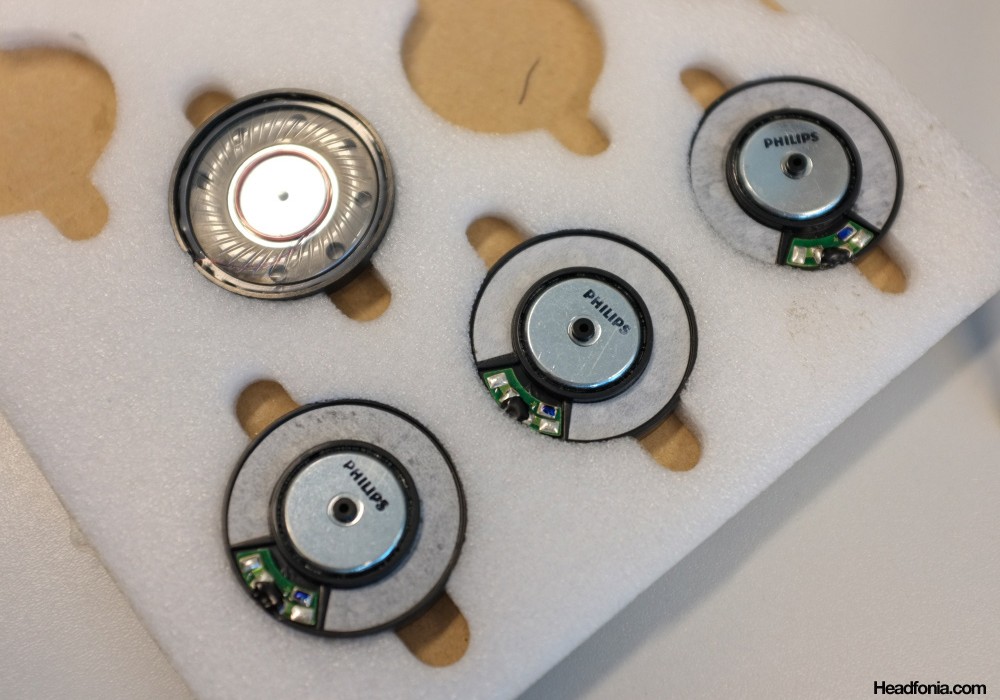
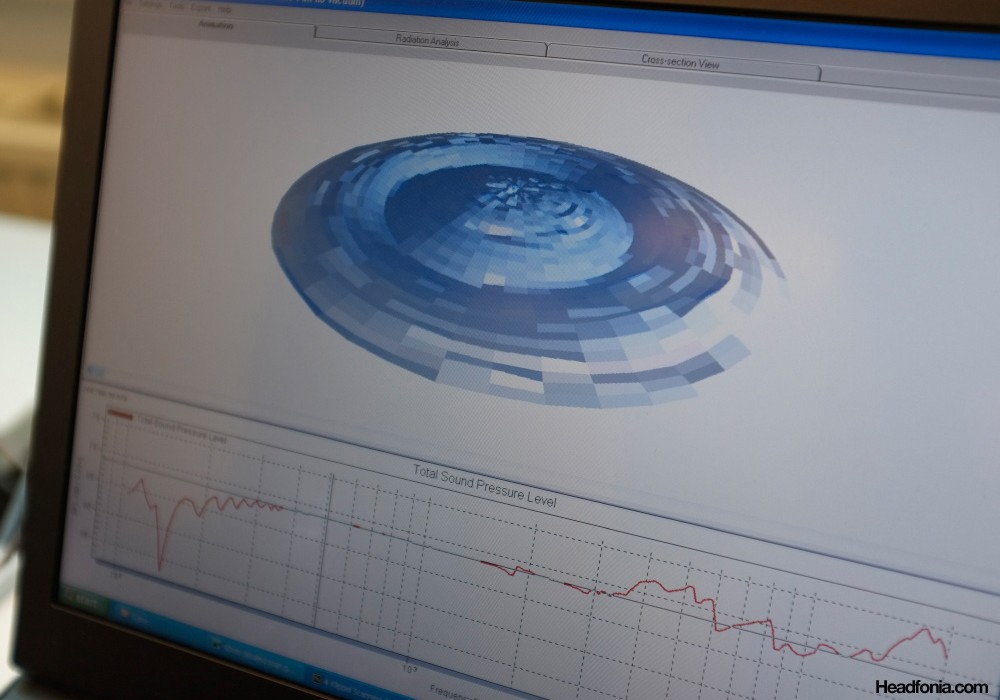
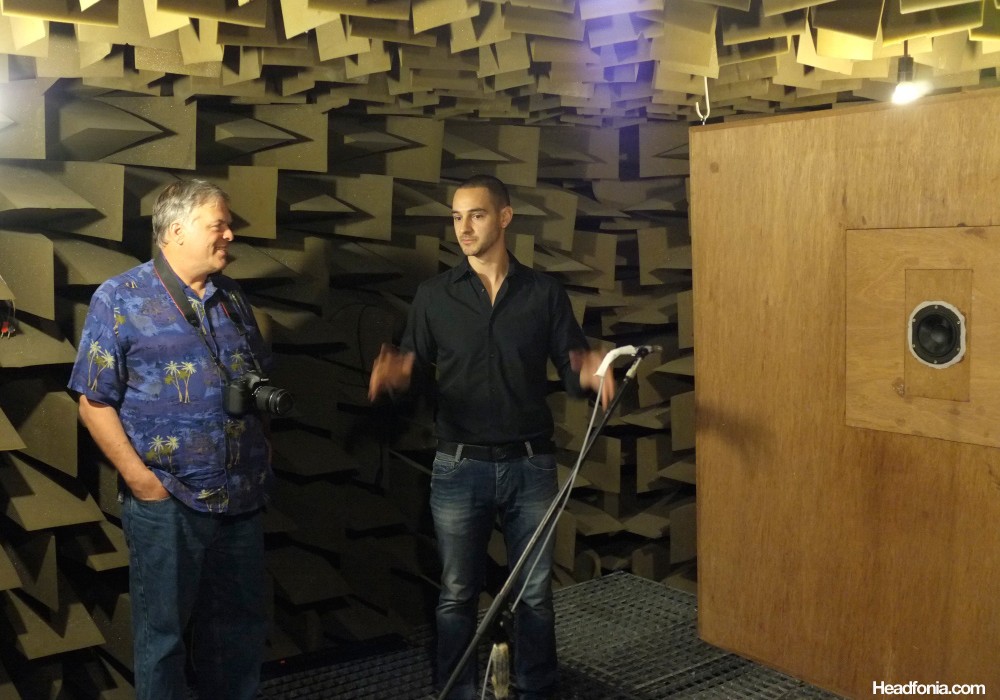
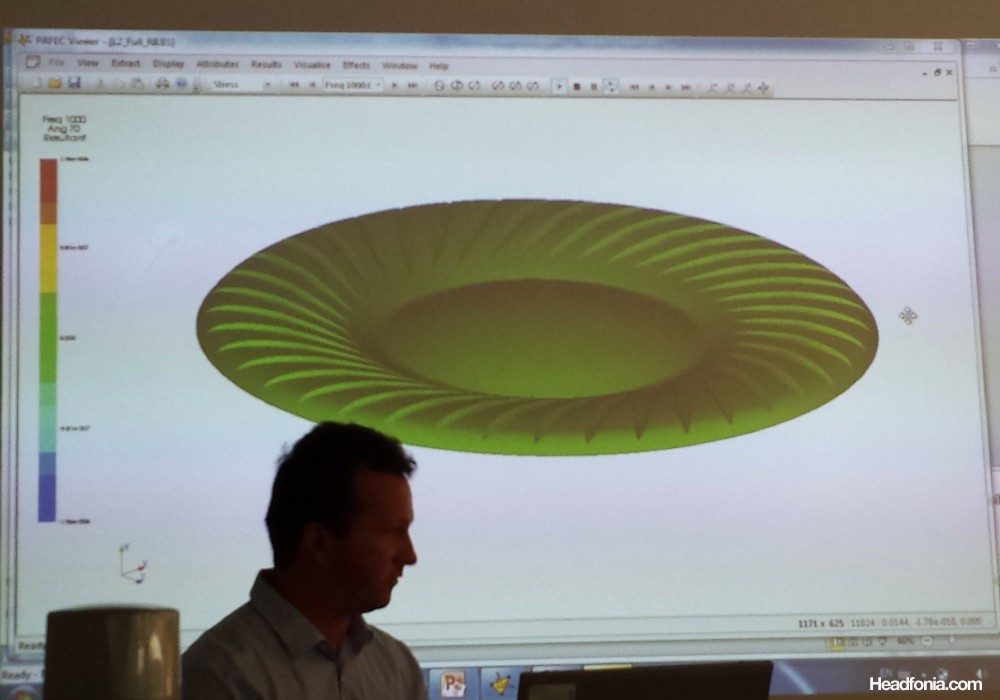
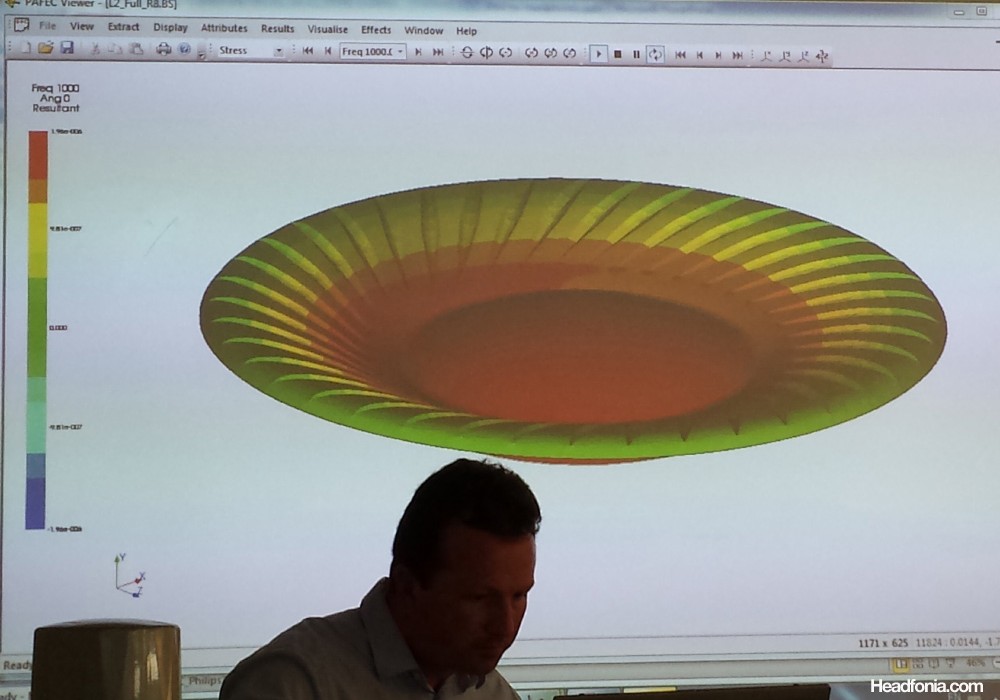
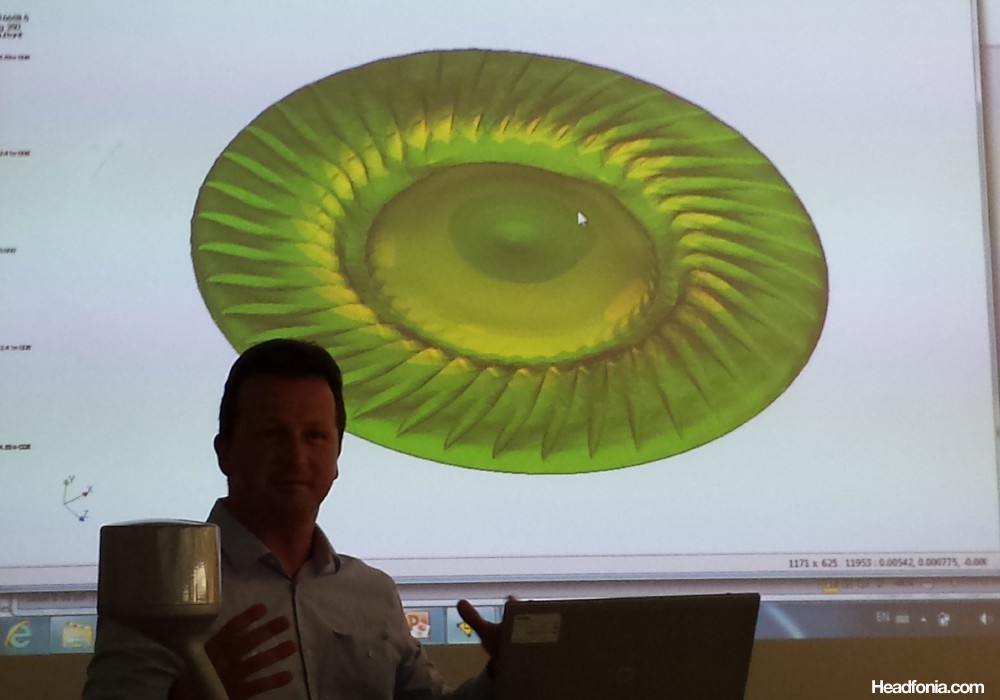
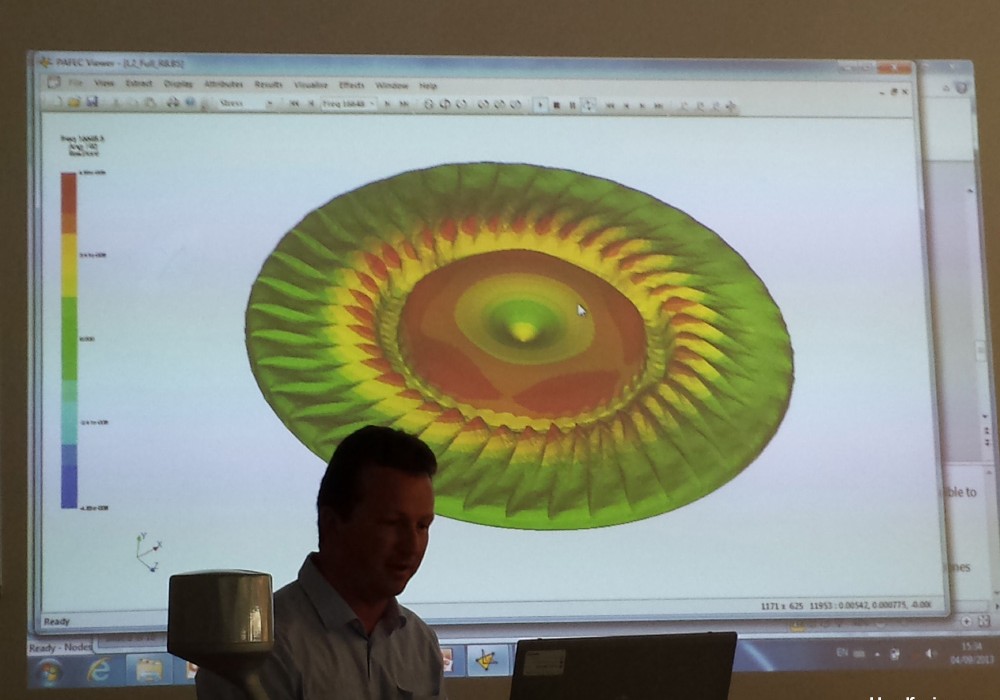
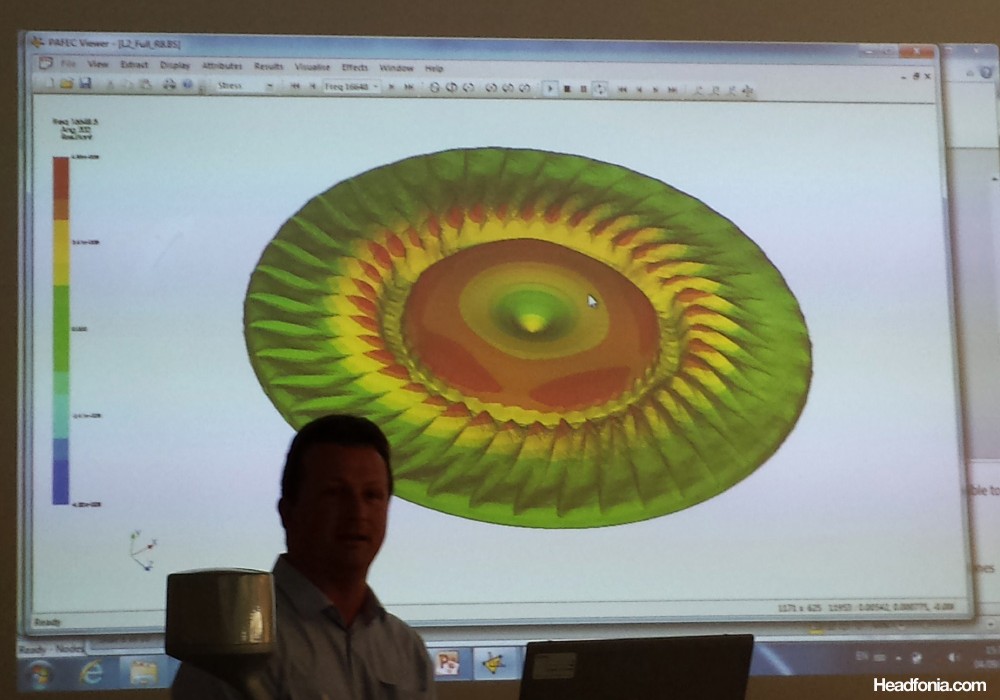
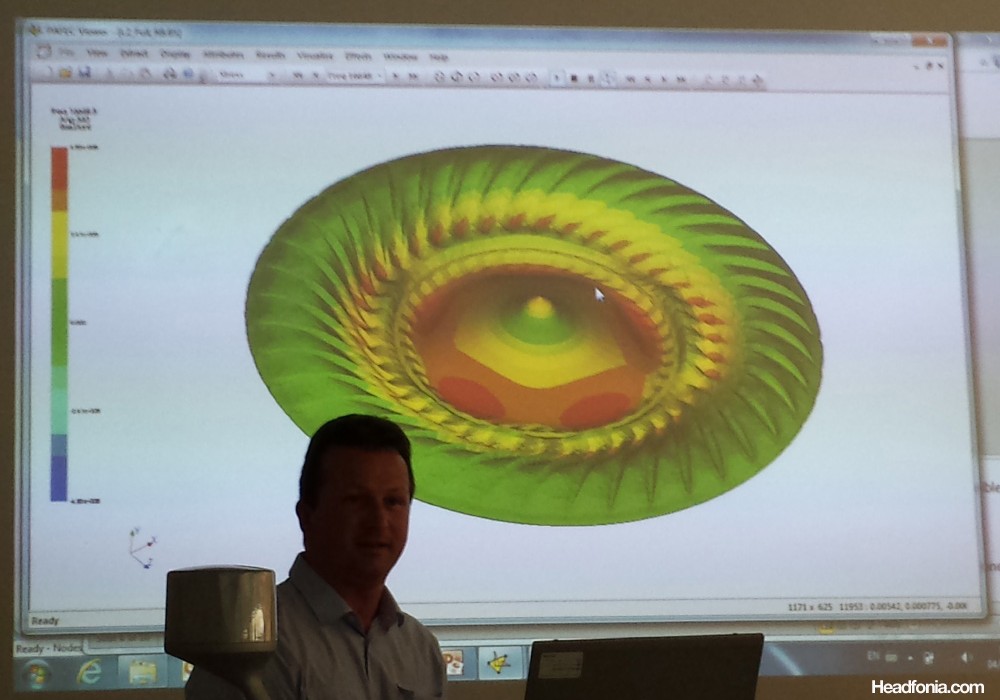
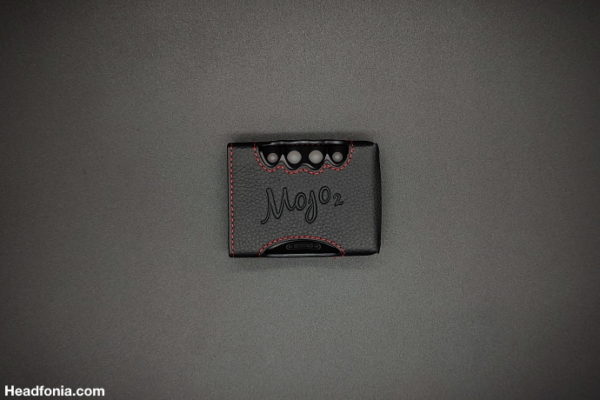

George Lai
Very interesting article. I’m just sad I’m one of the 20% of the population that couldn’t wear their Fidelio L1 so I gave it away, and my bigger X1 just fits tightly. Sigh.
L.
X1: me likes! And Thanks!
dalethorn
I would feel a lot better about Philips if they would have their Facebook guy Kevin apologize for ignoring my requests about the M1 before I bought it and reviewed it, and found it to be a bad sound with a shelved treble. I’d like to know that the new M1 has fixed that problem, and it would be good if I could get a sample without having to spend another $250 for it. In the meantime I stand by my review. I’d like to be a happy Philips customer and independent reviewer, but I’m not rich enough to buy if I can’t get some assurance on these things.
L.
I don’t think they changed the driver, just added Bluetooth. I haven’t had time to listen to it that much so far
TheMakhai
Awesome write up guys! It looks like it was a lot of fun! This article definitely put philips on the map for me now when looking for future headphone upgrades. And great job on the pictures you took of the L2 and M1! Just phenomenal. I really feel you were able to capture and communicate their aesthetics in a stunning manner. Keep up the good work!
L.
Thanks man. Nice to hear
Wid
Loves the X1 so much, any rumor for X2? 🙂
Mike, How can I go to your store from Pluit? Any best route you can recommend?
Mike
Haven’t heard anything about the X2. I’d guess they’re working on an upgrade though. Every company is always working on an upgrade.
Ryan C
Yo, do the L2 pads fit entirely around your ears, or do they caress the surfaces?
Mike
They touch your ears a bit, if that’s what you’re asking.
L.
The cups aren’t the biggest so if you have bigger ears, yes they will touch for sure. Doesn’t bother me at all, they’re soft
John123John
Finally got around to reading this (sorry!) and it was a great article. They have a very thorough process that has the potential to deliver great sounding and comfortable product. I wonder if other companies, even the big ones like Sennheiser or even Beats lol, so these sort of surveys and tests.
Its cool seeing you guys get even more global recognition, being there along with Tyll and Jude. Keep networking and maybe you get invites to other headphone developers as well!
P. S. There is a repeated edited paragraph on page 3.
L.
Thanks John, we’ve been invited to Beyerdynamic, Sennheiser and Violectric in the mean time 😉
Mike
Well you know what I’ve been listening to the L2 and also getting a lot of the local enthusiasts to listen to it and there is not a single person I know who auditioned who was not impressed with the driver quality/technicalities. Of course sound signature preferences aside..
Right now I do feel that the L2 has a driver quality that’s slightly ahead of the Hifiman HE-500 and just below the Senn HD700 in terms of technicalities. Of course the L2 is much easier to drive than the HE-500 and is also lighter and more comfortable as well. The L2 is really phenomenal and really a class ahead from its competition like the Momentum or the ESW-11.
Thanks, Ill look into the repeated edit.